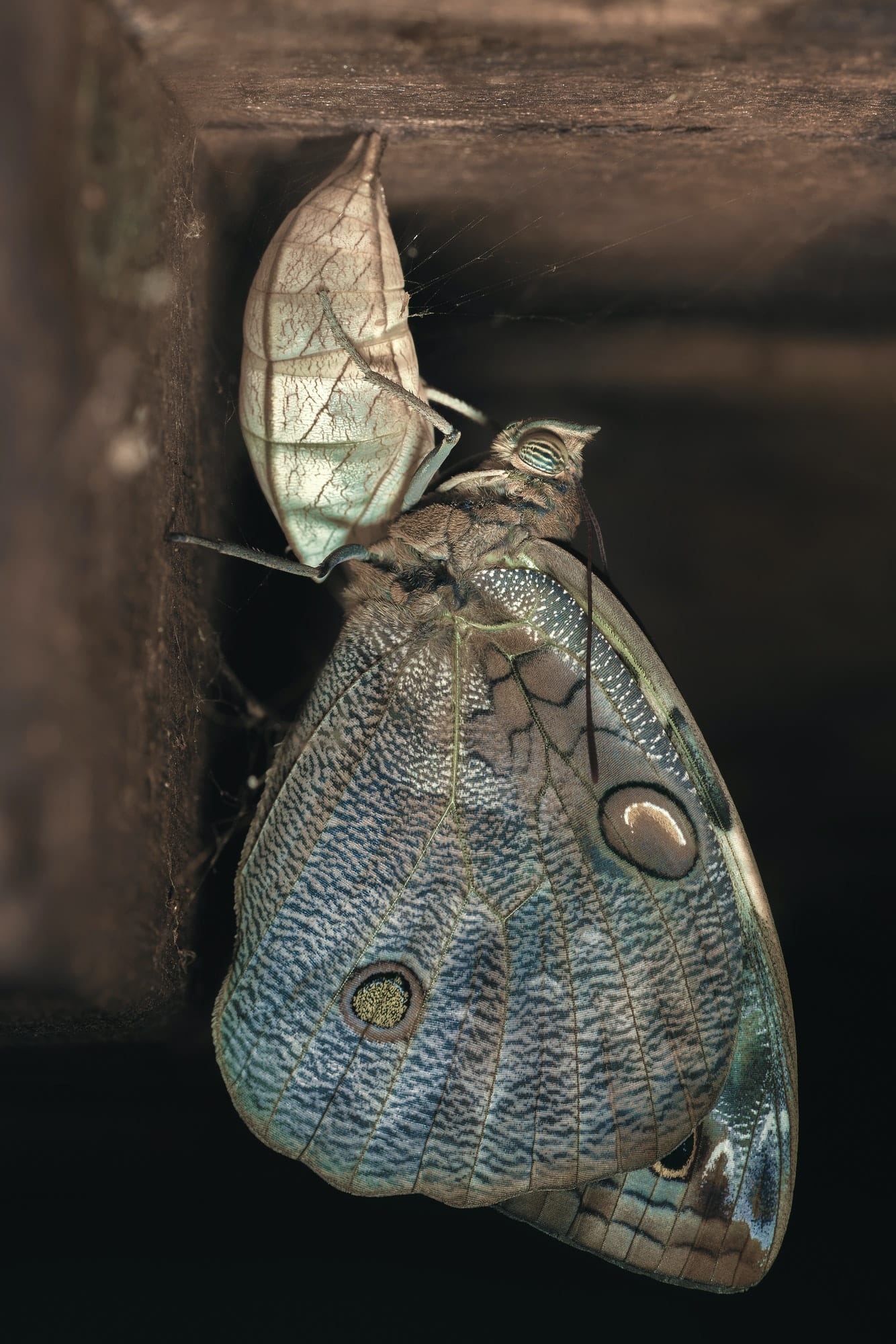
Butterflies, with their vivid hues and graceful flight, have always enchanted humans. Whether fluttering in the backyard or intricately displayed in a conservatory, these creatures embody transformation and beauty. But can you extend this fascination into your home and raise them as pets? With the right knowledge and commitment, it is possible to foster these delicate beings and even contribute to the conservation of certain species, such as the monarch butterfly.
In this article, we address how you can keep butterflies, particularly caterpillars and monarchs, by providing the essential conditions they need to thrive. We’ll explore the life cycle of a butterfly, the importance of host plants like milkweed, and the setup required for raising butterflies indoors. Whether you’re looking to create a haven for these winged beauties or simply want to understand their needs better, let’s delve into the world of raising butterflies as pets.
Cela peut vous intéresser : What are the best strategies for training an older dog?
Before you embark on raising butterflies, it’s crucial to understand their life cycle. Knowledge of the stages from egg to adult butterfly will inform the care and environment you provide for them.
The butterfly life cycle consists of four stages: egg, caterpillar (larva), pupa (chrysalis), and adult butterfly. Each stage requires specific conditions for the butterfly to develop properly.
Lire également : How to choose the right shampoo for your pet?
Eggs are laid by adult butterflies on host plants. A female butterfly might lay hundreds of eggs, but only a few caterpillars will survive to adulthood. These host plants provide the necessary nutrition once the eggs hatch into caterpillars. For monarchs, milkweed is the exclusive food plant, and it’s vital for their survival.
As caterpillars grow, they will shed their skin multiple times in a process known as molting. After reaching a certain size, the caterpillar will form a chrysalis, transforming into the pupa stage. During this time, the remarkable metamorphosis occurs, leading to the emergence of an adult butterfly.
When you raise monarchs or other butterflies, you must tailor your care to each life stage. This means providing the correct type of leaves for caterpillars, ensuring a safe environment for the pupa, and offering suitable food and space for the adult butterfly to fly and mate. Not only does this help the individual monarchs, but it also supports the species by contributing to the monarch migration, a critical ecological event.
To keep butterflies indoors, you need an appropriate enclosure. This can range from a small jar for a single caterpillar to a large mesh cage for multiple butterflies.
The enclosure serves as a controlled environment where the caterpillars can grow and eventually become adult butterflies. It should be large enough for them to move freely and find places to pupate. A mesh or netted enclosure is ideal, as it allows for adequate airflow and prevents the build-up of moisture that could lead to mold or disease.
Inside the enclosure, you’ll need to include host plants or leaves for the caterpillars to eat. For monarch caterpillars, you’ll need to provide a steady supply of milkweed. The enclosure should also include sticks or other structures that caterpillars can use to pupate. Placing the enclosure in a location with natural light but away from direct sunlight will help maintain a suitable temperature.
Remember to clean the enclosure regularly to remove waste and uneaten food, which can harbor bacteria harmful to your caterpillars and butterflies.
Butterflies and caterpillars have specific dietary needs that must be met if you are considering raising them.
The food plant for caterpillars is essential. Each species of caterpillar will eat only certain types of plants. For example, monarch caterpillars will only feed on milkweed plants. Without it, they cannot survive. It’s a good idea to research the butterflies you want to raise to understand what plants you should grow or source for their nourishment.
Water is essential for both caterpillars and butterflies. For caterpillars, moisture from the leaves is often sufficient, but you might need to mist the leaves lightly if the environment is too dry. Adult butterflies, on the other hand, require not only water but also nectar from flowers or a substitute such as a sugar water solution. They will also benefit from having a variety of flowering plants nearby or inside the enclosure.
Raising monarchs and other butterflies can be more than a hobby—it can be a conservation effort. With declining numbers due to habitat loss and other factors, every butterfly that you can help reach adulthood is a victory for the species.
Monarch populations have been under threat for years, mainly due to the loss of milkweed plants along their migratory routes. By raising monarchs and providing milkweed, you are creating a mini-reserve that can bolster local populations and contribute to the larger monarch migration.
While raising monarchs and other butterflies can be beneficial, it is important to understand the ethical implications. It’s best to raise butterflies native to your area and release them at the appropriate time to join their wild counterparts. This practice supports the natural lifecycle and helps maintain genetic diversity within the population.
To ensure the wellbeing of your caterpillars and butterflies, follow these essential do’s and don’ts.
While keeping a butterfly as a pet is possible, it is more akin to fostering a delicate creature temporarily. The practice requires dedication, research, and a nurturing environment tailored to each stage of the butterfly’s life cycle. By providing the right host plants, such as milkweed for monarch caterpillars, and setting up a proper enclosure, you can support the growth and development of these enchanting insects. Moreover, by raising monarchs or other butterflies, you can contribute to the conservation of these species, which face numerous threats in the wild. Remember, while it can be a rewarding experience to raise butterflies, the ultimate goal is to release them so they can continue their life cycle and, in the case of monarchs, play their part in the majestic monarch migration.